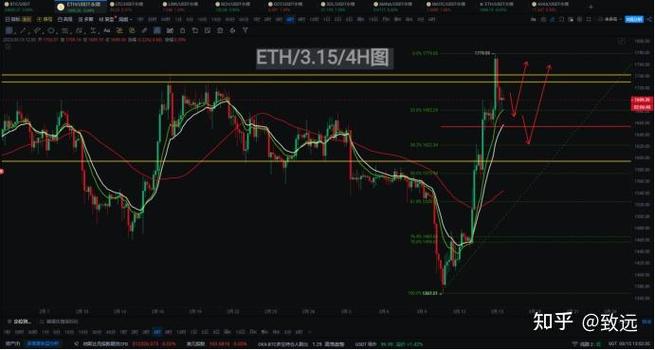
Does ETH Turn into ETH 2.0?
Ever since Ethereum, the second-largest cryptocurrency by market capitalization, announced its transition to Ethereum 2.0, the crypto community has been buzzing with questions and speculations. In this article, we delve into the details of this transition, exploring what it means for ETH holders, developers, and the broader cryptocurrency ecosystem.
Understanding the Transition
The transition from Ethereum (ETH) to Ethereum 2.0 is not just a name change; it represents a fundamental shift in the underlying architecture of the network. Ethereum 2.0 aims to address several limitations of the current Ethereum network, such as scalability, security, and energy efficiency.

Ethereum 2.0 will transition from a Proof of Work (PoW) consensus mechanism to a Proof of Stake (PoS) mechanism. This change is expected to significantly reduce the energy consumption of the network, making it more sustainable in the long run.
The Benefits of Ethereum 2.0
Here are some of the key benefits of Ethereum 2.0:
| Benefit | Description |
|---|---|
| Scalability | Ethereum 2.0 will enable the network to handle more transactions per second, making it more scalable and less prone to congestion. |
| Security | The PoS mechanism is considered more secure than PoW, as it requires validators to lock up their ETH as collateral, reducing the likelihood of malicious attacks. |
| Energy Efficiency | Ethereum 2.0 is expected to consume significantly less energy than the current PoW-based network, making it more environmentally friendly. |
The Transition Process
The transition to Ethereum 2.0 is a complex process that involves several stages. Here’s a brief overview:
-
Sharding: The network will be divided into smaller, more manageable pieces called “shards,” which will allow for parallel processing of transactions.

-
Staking: Users will be able to lock up their ETH as collateral to become validators and participate in the consensus process.
-
Beacon Chain: A new chain called the Beacon Chain will be introduced to manage the staking process and ensure the security of the network.
-
Transition to PoS: Once a sufficient number of validators are active, the network will transition from PoW to PoS.
The Impact on ETH Holders
For ETH holders, the transition to Ethereum 2.0 has several implications:
-
Staking Rewards: Users who lock up their ETH as collateral will receive staking rewards in the form of ETH 2.0 tokens.
-
Token Supply: The total supply of ETH 2.0 tokens will be capped at 120 million, which is 1/3 of the current ETH supply.
-
Token Conversion: ETH holders will need to convert their ETH to ETH 2.0 tokens to participate in the staking process.
The Impact on Developers
Developers will also be affected by the transition to Ethereum 2.0:
-
New Smart Contract Language: Ethereum 2.0 will introduce a new smart contract language called Solidity 0.8, which will offer improved security and performance.
-
Sharding: Developers will need to adapt their applications to work with sharding, which may require changes to their code.
-
Interoperability: The transition to Ethereum 2.0 may create interoperability challenges with existing Ethereum-based applications and services.
The Future of Ethereum 2.0
The transition to Ethereum 2.0 is a significant step forward for the Ethereum ecosystem. While there are still challenges to overcome, the potential benefits are substantial. As the network continues to evolve, it will be interesting to see how Ethereum 2.0 shapes the future of decentralized finance, smart contracts, and the broader cryptocurrency landscape.
In conclusion, the transition from




